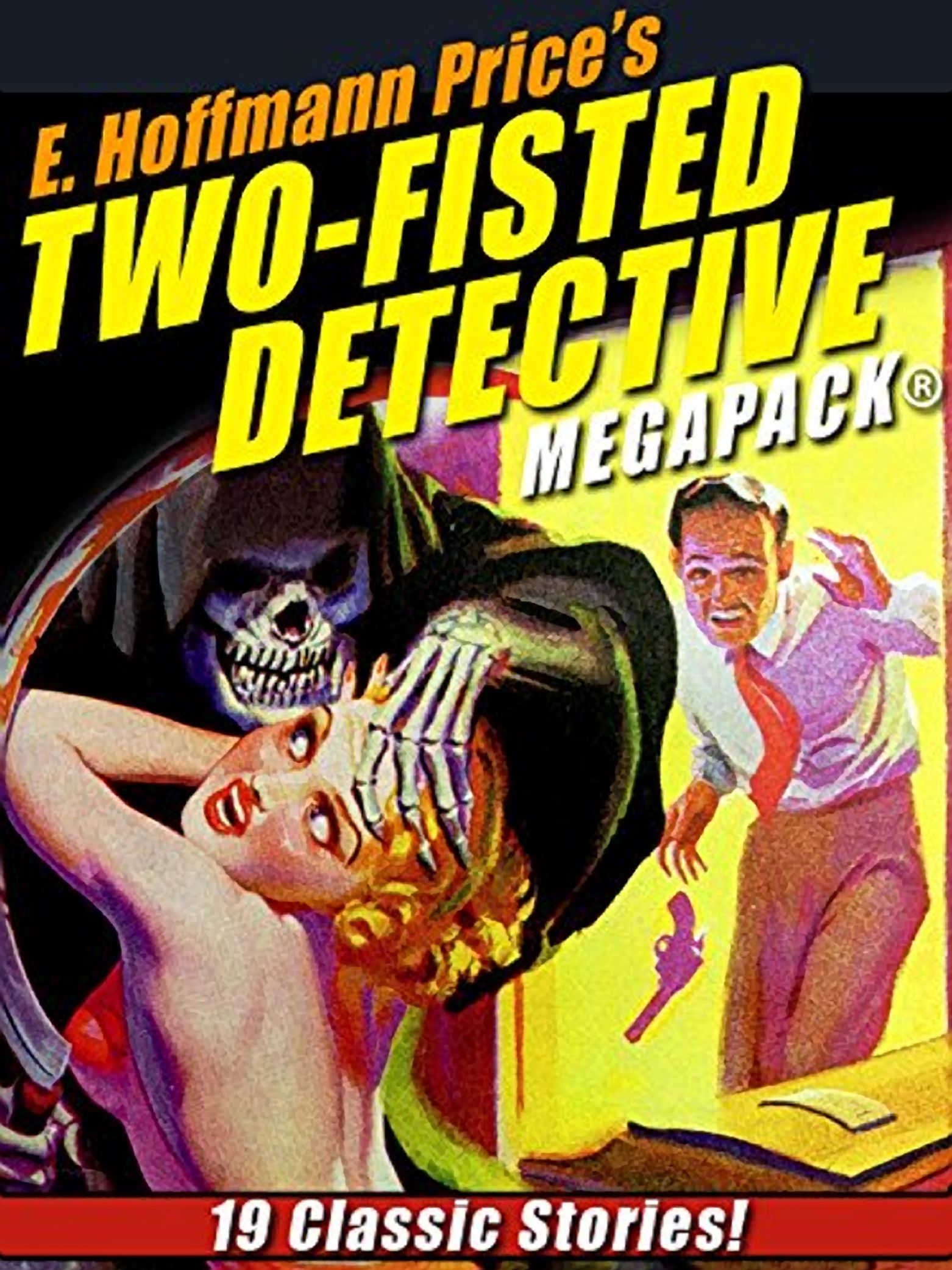Many people think of a movie when they hear the term “pulp fiction,” but there was an era when those words meant fiction magazines printed on cheap pulp paper, a vanished publishing world in which a Redwood City man was a key player.
The 1994 Quentin Tarantino film by that name starring John Travolta and Samuel L. Jackson drew its title from the magazines, many of them featuring violent crime and lurid, seedy characters and a good deal of sex. There was more than that, however. The so-called “rags” also were loaded with tales of adventure, the Old West, and science fiction.
Edgar Hoffman Price, who died in Redwood City in 1988, sold more than 500 stories to the pulps. His byline appeared in a broad range of widely popular fiction with a strong appeal to male readers, including Argosy, Black Mask, Dime Detective, Terror Tales, Speed Detective and Spicy Mystery Stories. He was, however, most readily identified as a writer for Weird Tales. Price’s stories even appeared in translation in Scandinavia and were pirated in Latin America. His work is still available for sale on the Internet, including mega packs of 14 stories.
Price was in good company in the ranks of fellow pulp authors, including Agatha Christie, Edgar Rice Burroughs, and Dashiell Hammett. According to The Pulp Magazine Project study group, pulps were “one of the Twentieth Century’s most influential print culture forms,” a nearly 100-year period from the 1880s to the mid-1970s. A good example was Blue Book, which lasted from 1905 to 1975 and is said to have reached a readership of over 200,000. The 1947 movie comedy “The Secret Life of Walter Mitty” captured the colorful world of pulp magazine publication with tongue-in-cheek lines akin to “You killed him on page 30 and he comes back on page 50.” (A personal aside: This writer remembers, as an eighth grader, sitting in the living room reading Blue Book’s Tales of the Foreign Legion, while my father and uncles avidly consumed pulp fiction Westerns.)
Price’s life reads like pulp fiction. Born in Fowler, California, in 1898, he became a professional soldier, graduating from West Point and going on to serve in Mexico, the Philippines and in World War I. Science-fiction author Jack Williamson called Price “a real soldier of fortune.” He was a fencer, boxer, a student of the Orient as well as a student of Arab language. Price’s memoirs include “Trooper of the 15th Horse” and “The Book of the Dead.”
According to blogger Joshua Buhs, in the 1950s Price saw the handwriting on the wall (sounds like a line from a pulp fiction story) and knew his market was ending. He took a job with San Mateo County as a microfilm technician, a position he held long enough to receive a pension. He still did occasional writing and died sitting at his typewriter, Buhs told Climate.
Interviewed by the Redwood City Tribune in the 1960s, Price blamed conformity and regimentation for the death of the pulps. “Used to be each magazine had distinctive style and flavor – a personality of its own,” he told reporter Gail Granzow. “Then one editor began taking over five or six magazines, and they soon all looked alike. It was like a Ford assembly line. Then, too, reading habits changed. People began to buy more and more inexpensive paperbacks.”
Price, who started writing for pulp magazines in 1932, estimated that about 95 percent of his writing was fiction, but he also “wrote some historical novels. When I say novels, I mean six-part serials for the pulps.” During his 20-year full-time writing career, he wrote science-fiction, whodunnits and adventure. Stories, getting fresh ideas simply by reading the daily newspaper.
“I’d read over the world events – about a spy or some other story of international intrigue,” he explained before saying something he probably would regret today: “Then I’d create a hero, always Anglo-Saxon Protestant.”






